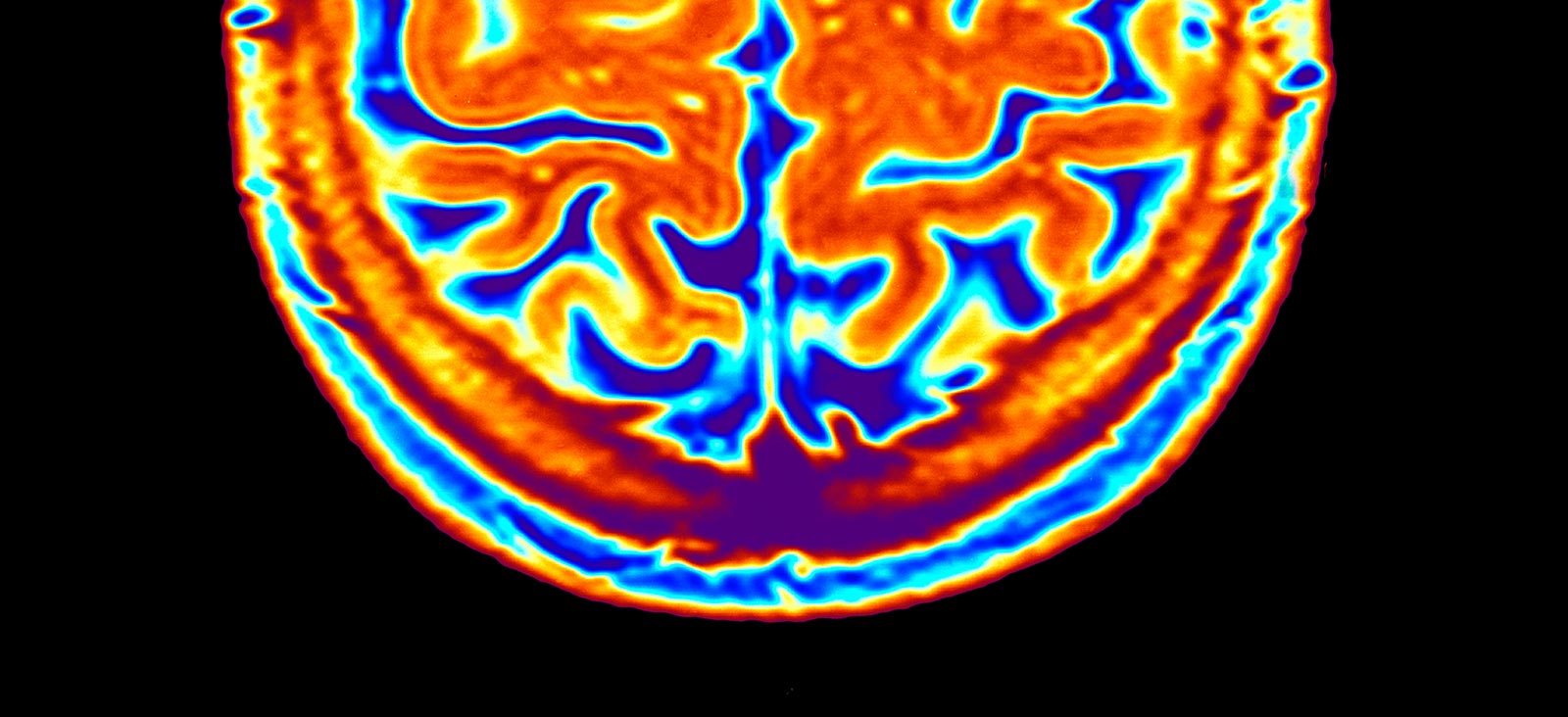Safe, Precise, and Accurate Imaging
MRI uses a powerful magnet and radio waves to create detailed images of the body’s soft tissue and organs. The images look like cross-sections of the body, and a technologist views a series of these images as they display on a computer screen. Once they are compiled, the images form a multidimensional view of the body, enhancing a doctor’s ability to diagnose and treat a variety of conditions, such as those of the brain and spine.
An MRI is extremely precise, providing doctors with a clear picture of internal organs and soft tissue structures, such as muscles or blood vessels. Because of its accuracy, an MRI often leads to early detection and treatment of disease.
UT Southwestern offers experience and expertise in the full spectrum of MRI services, including technologies and techniques that might not be available at other medical facilities.
Conditions We Treat With MRI
MRI is most effective in diagnosing conditions in the following areas:
MRI Scan: What to Expect
An MRI is safe and painless. Usually no special preparations are needed before the examination.
When patients check in, they’ll complete some paperwork. They might be asked to change into a gown. Some metal objects are strongly attracted to the magnet, so we will ask that patients remove the following items before entering the exam room:
- Credit cards
- Glasses
- Hair pins
- Hearing aids
- Jewelry
- Removable dental work
- Watch
In the scan room, patients will see the large magnet of the MRI. The magnet is large enough for a patient to fit inside. The patient will be placed on a table that slides into the tube in the center, which is about the length of the body and is open at both ends. Then, radio waves similar to those on an FM radio will interact with the magnetic field and create images of the patient’s body.
A technologist will be inside a control room, and patients can speak to the technologist at any time using a microphone built into the MRI tube.
The average scan takes between 30 and 60 minutes, depending on the location of the scan and the information needed. Patients will be asked to lie still for periods of up to 10 minutes at a time while the images are captured.
Once it begins scanning, the MRI machine makes noisy tapping and banging sounds as it acquires the images. These sounds are normal, but we provide patients with earplugs for comfort or headphones to listen to music.
Very few people have any side effects from the contrast medium. If they do occur, they are usually mild and will pass quickly.
Risks of MRI Scans
Unlike X-rays, an MRI doesn’t produce radiation, so there are no side effects associated with the exam.
People with some types of implants or other metal in their body might not be able to have MRI exams, such as people with:
- Cardiac devices such as pacemakers and implantable cardioverter defibrillators (ICDs)
- Certain implants
- Medicine pumps
- Metal foreign bodies
- Tattoos with iron or black pigment
- Vascular stents or clips
Most new surgical implants are made of nonmagnetic metals, which are usually safe for imaging with MRI. Dental fillings and bridgework are also safe.
Other objects that have been placed inside the body or certain medical conditions might be incompatible with an MRI exam. If patients have questions about an implant or health condition that could affect the exam, or if they think they might be pregnant, they should talk with an MRI technologist or radiologist.





